|
||||||||||||||||||||||
![Home - Air Power Australia Website [Click for more ...]](APA/APA-Title-Main.png) |
||||||||||||||||||||||
![Sukhoi PAK-FA and Flanker Index Page [Click for more ...]](APA/flanker.png) |
![F-35 Joint Strike Fighter Index Page [Click for more ...]](APA/jsf.png) |
![Weapons Technology Index Page [Click for more ...]](APA/weps.png) |
![News and Media Related Material Index Page [Click for more ...]](APA/media.png) |
|||||||||||||||||||
![Surface to Air Missile Systems / Integrated Air Defence Systems Index Page [Click for more ...]](APA/sams-iads.png) |
![Ballistic Missiles and Missile Defence Page [Click for more ...]](APA/msls-bmd.png) |
![Air Power and National Military Strategy Index Page [Click for more ...]](APA/strategy.png) |
![Military Aviation Historical Topics Index Page [Click for more ...]](APA/history.png)
|
![Intelligence, Surveillance and Reconnaissance and Network Centric Warfare Index Page [Click for more ...]](APA/isr-ncw.png) |
![Information Warfare / Operations and Electronic Warfare Index Page [Click for more ...]](APA/iw.png) |
![Systems and Basic Technology Index Page [Click for more ...]](APA/technology.png) |
![Related Links Index Page [Click for more ...]](APA/links.png) |
|||||||||||||||
![Homepage of Australia's First Online Journal Covering Air Power Issues (ISSN 1832-2433) [Click for more ...]](APA/apa-analyses.png) |
||||||||||||||||||||||
| Last Updated: Mon Jan 27 11:18:09 UTC 2014 | ||||||||||||||||||||||
|
||||||||||||||||||||||
|
Cold War Air Power - Soviet Aircraft
Part A: Monino Central VVS Museum Fighter and Attack Aircraft |
Photographic Essay APA-PE-2010-1201  by Paul Cropper Text and lineart © 2010 Carlo Kopp Photographic images © 2007 - 2010 Paul Cropper |
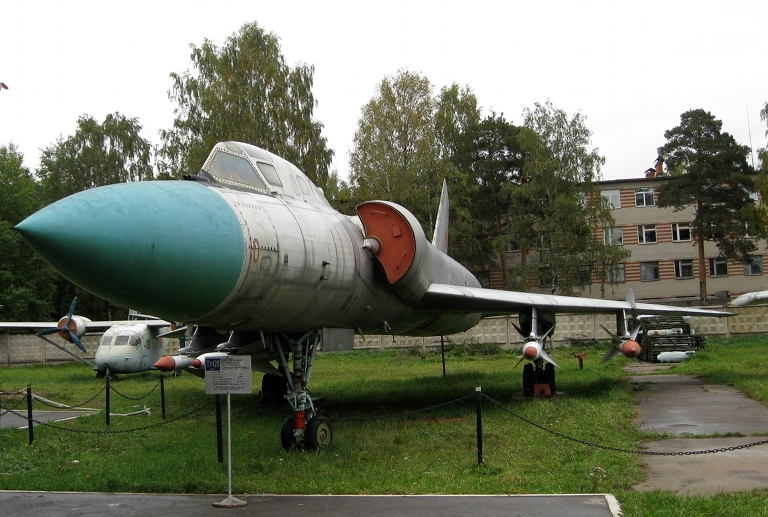
Tupolev
Tu-128
Fiddler
A
long
range
interceptor aircraft.
|
|
The Monino Central Museum of the Russian Federation Air Force is a unique treasure trove of preserved Soviet era aircraft, without peer globally. What is especially valuable about Monino, unlike most other museums which preserve production examples, is that Monino is home to numerous prototypes and demonstrators, often not well known in the West. As such it provides some unique insights into the vast development and production effort expended by the Soviet military-industrial complex during the Cold War period, intended to overwhelm Western air forces. In 2007 the author of this photoessay had the opportunity to visit Monino and collected an extensive photographic record, using a late model 8 Megapixel digital camera, which proved especially good at capturing fine detail. Notes:
|
| Interceptors and Multirole Fighters |
|
Sukhoi T-10 Flanker A This is an early prototype of the
Flanker, prior to the extensive redesign of the airframe to the now “classic”
Su-27S Flanker B configuration.
The differences are much more prominent than observed between the
YF-22A and F-22A redesign during EMD.
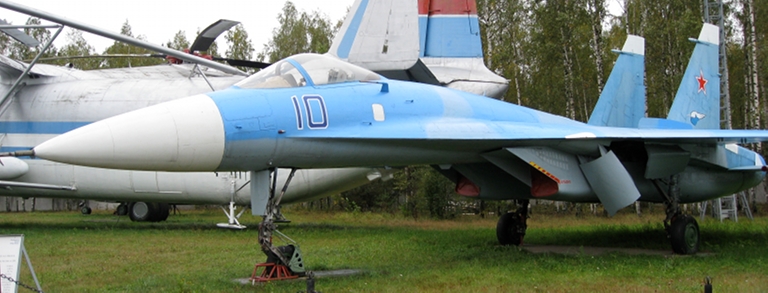 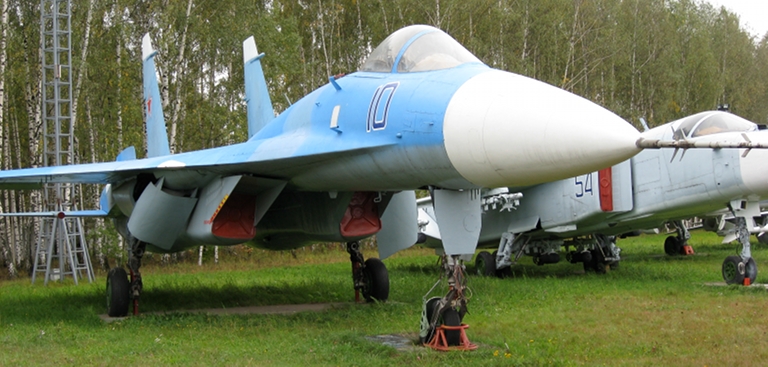 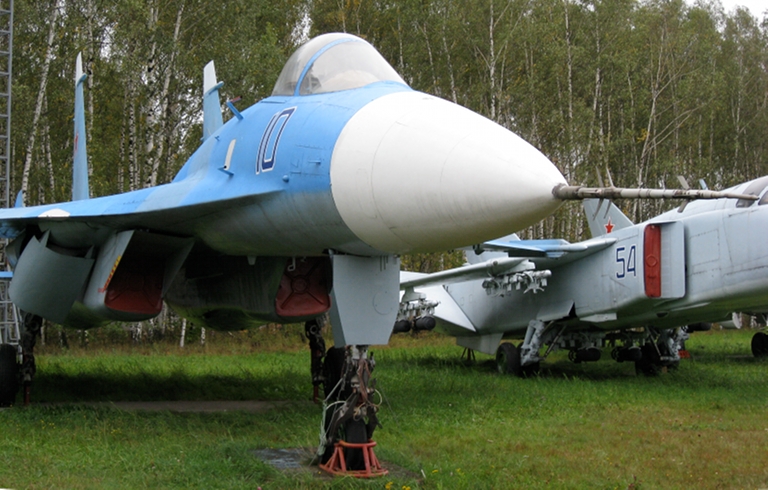 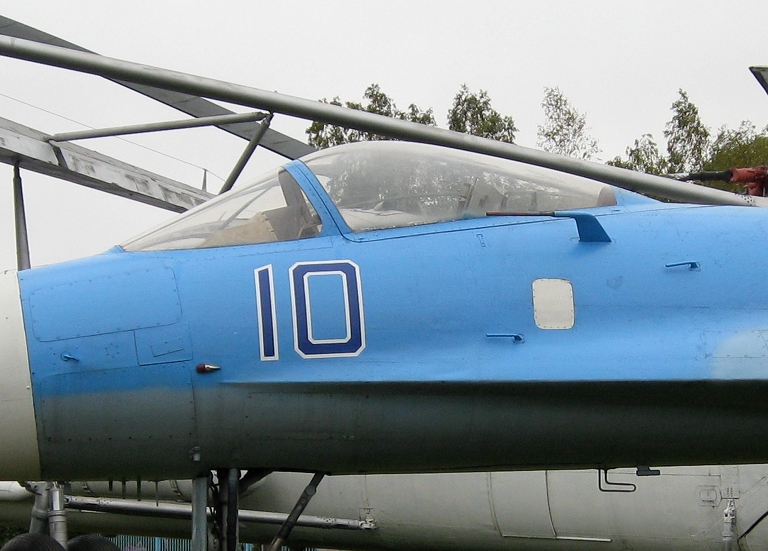 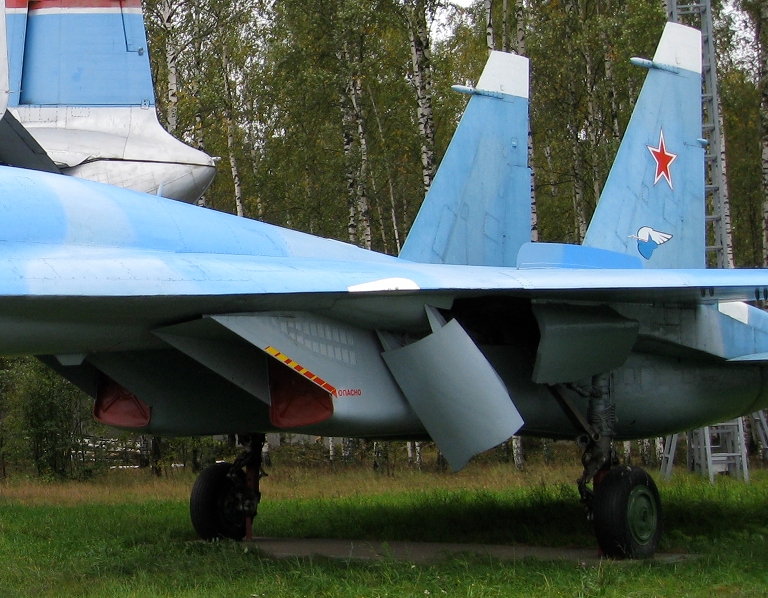 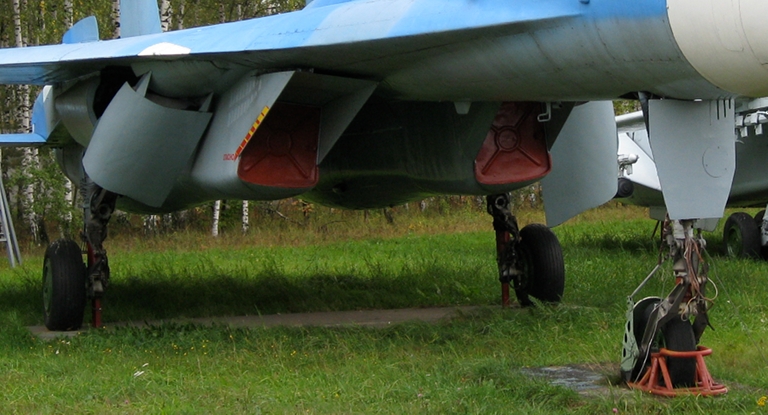 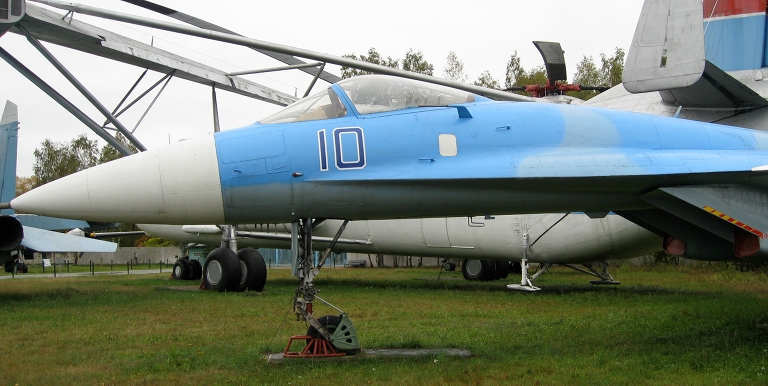 |
|
Sukhoi Su-27M [Su-35] Flanker E Often confused with the current new
build Su-35S [Su-35BM/Su-27M2]
“Super Flanker”, the Su-27M was a partly digital rebuild of the Su-27S
design, with a glass cockpit, N011 planar array radar, and full strike
capability. A limited number were built for the VVS during the 1990s,
and the airframe and systems formed the basis of the various
demonstrators which led to the Su-30MKI/MKM and later Su-35BM proposal.
This aircraft is thus the forerunner of the current late generation
Flanker subtypes.
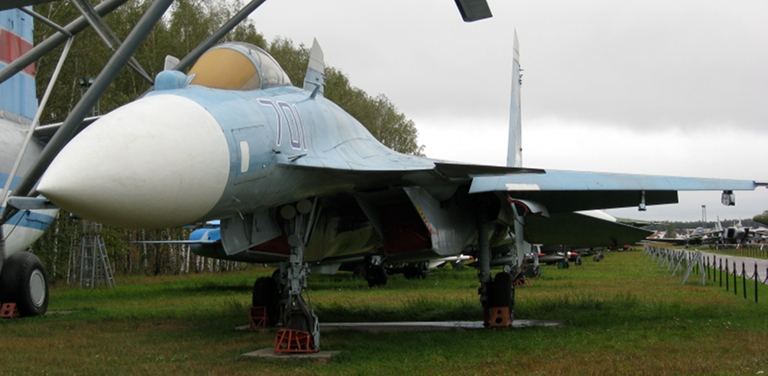 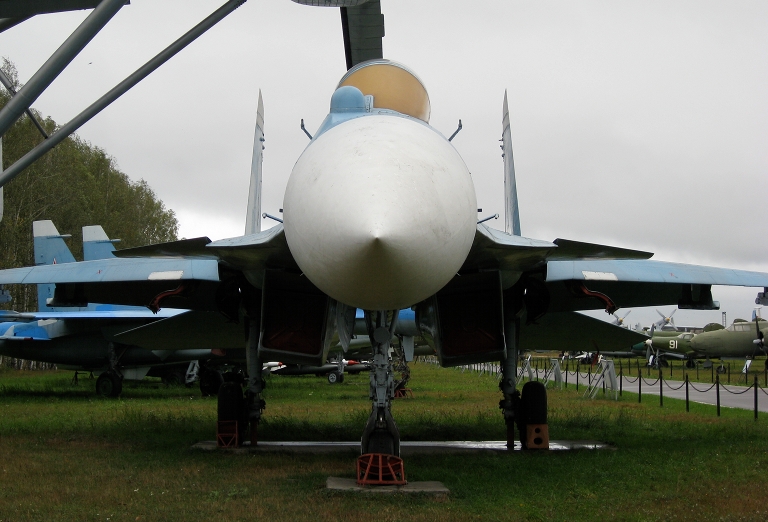 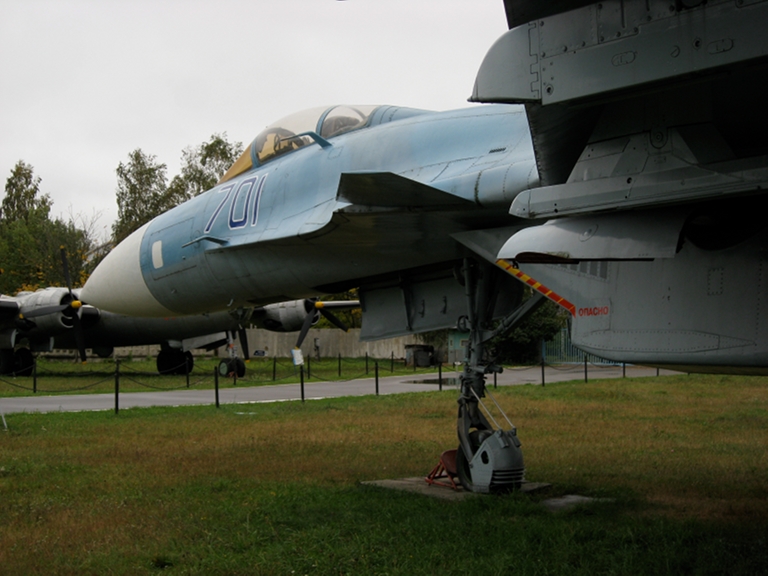 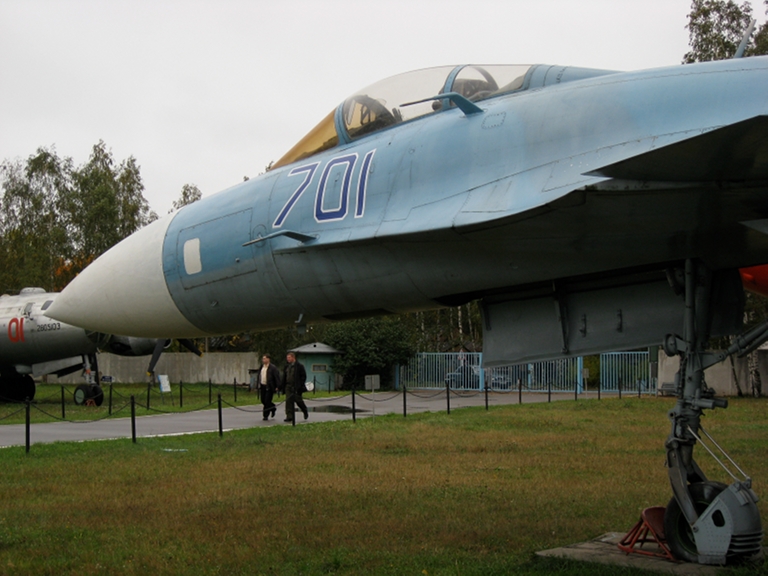 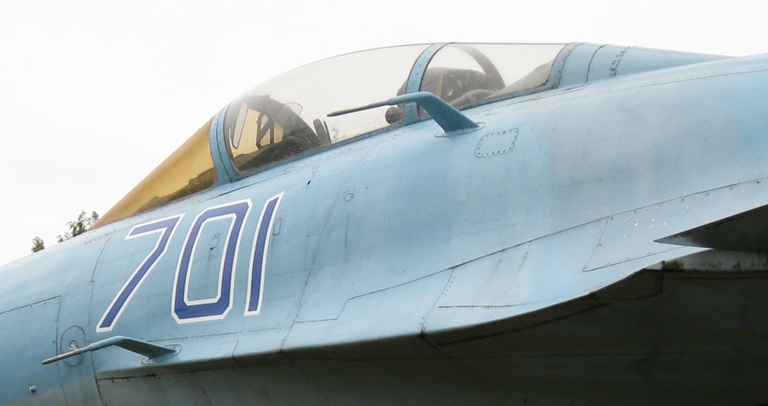 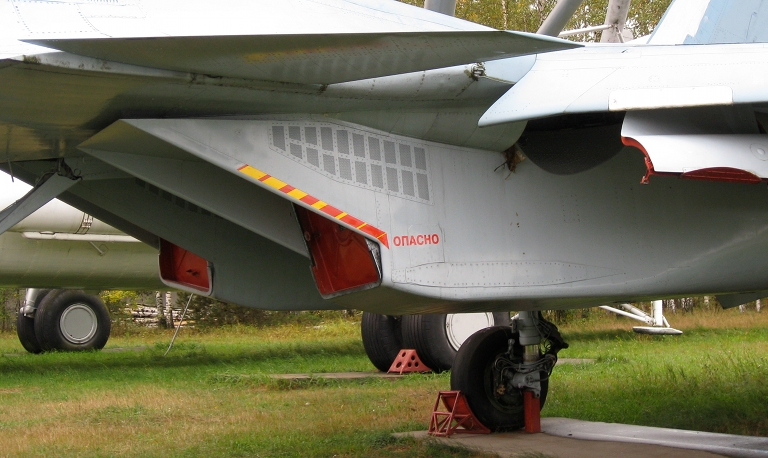 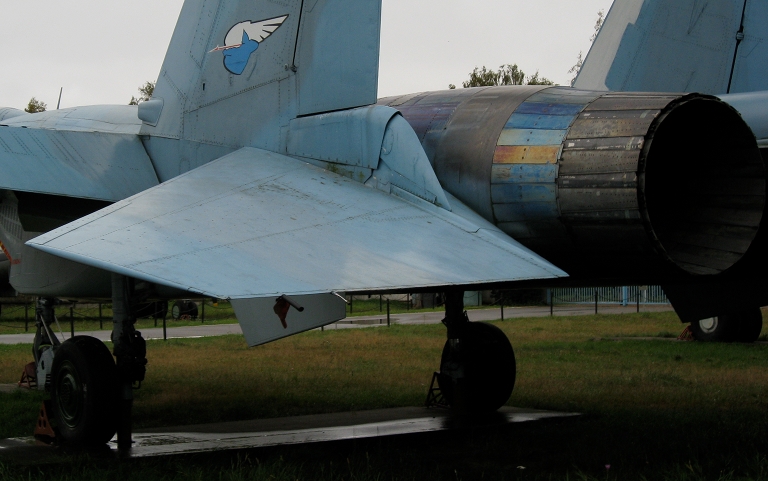 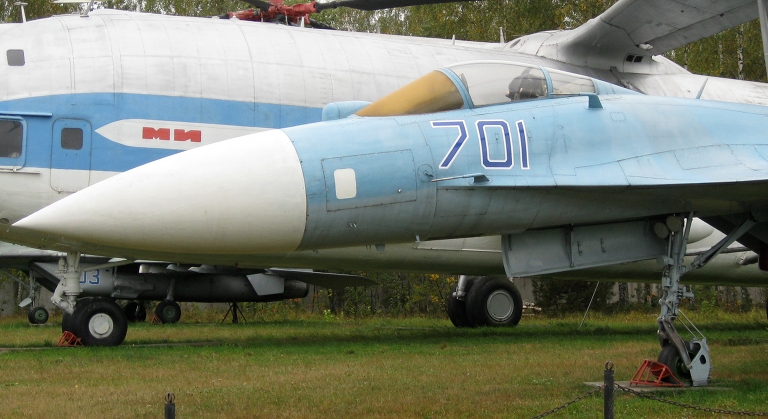 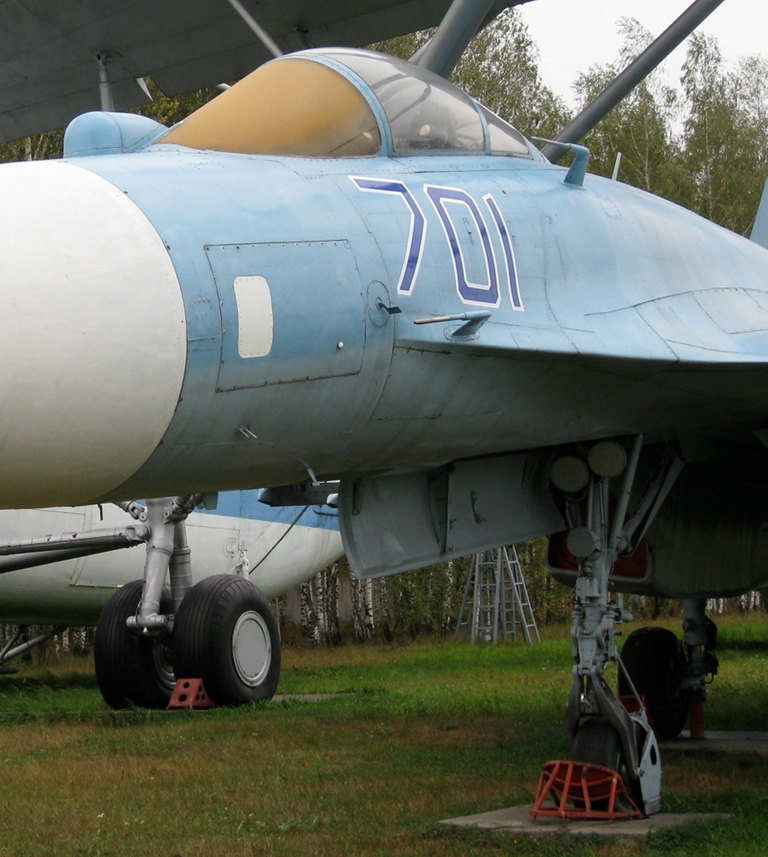 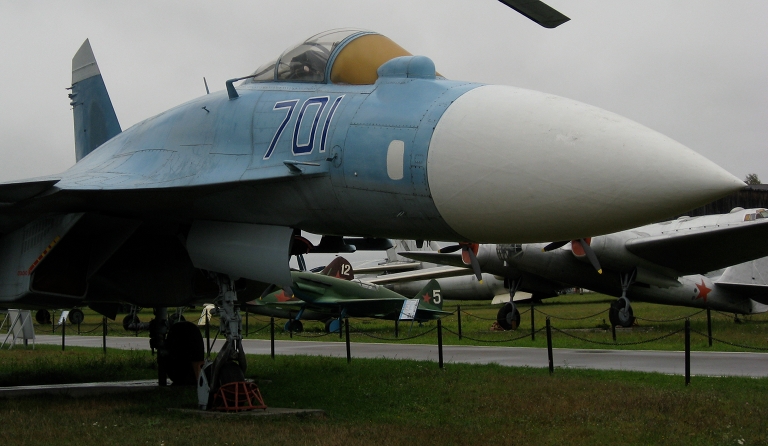 |
|
Sukhoi Su-15 Flagon Retired during the early 1990s, the Su-15/21 Flagon was a heavy air defence interceptor built in large numbers to equip Voyska PVO units defending the homeland. It is best known for its role in the destruction of the hapless KAL007 Boeing 747 which strayed into Soviet controlled airspace near Kamchatka, in 1983. 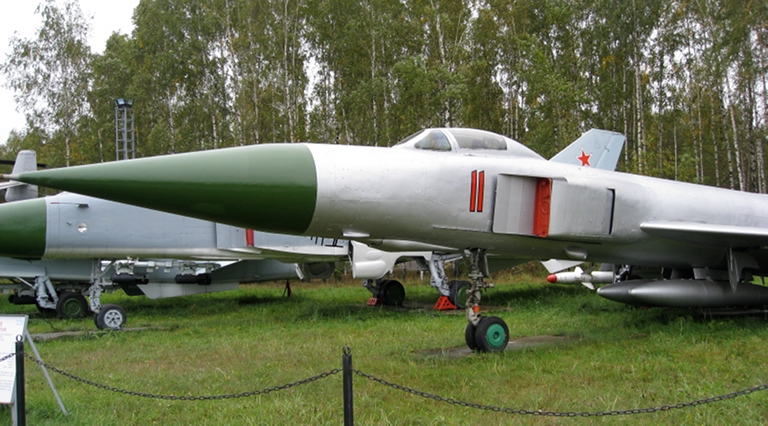 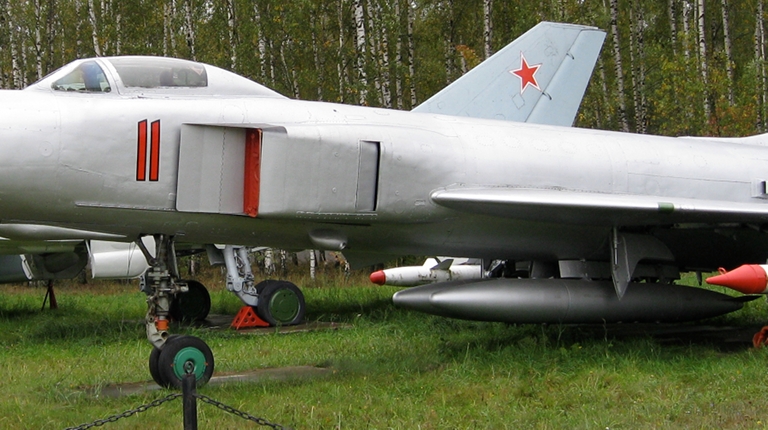 |
|
Mikoyan MiG-29 Fulcrum A Widely exported to Warsaw Pact
nations and other allies or clients, the Fulcrum A was the first high
performance Soviet fighter built to challenge the US teen series. The
aircraft has been a much less successful export product compared to the
Flanker during the post Cold War era.
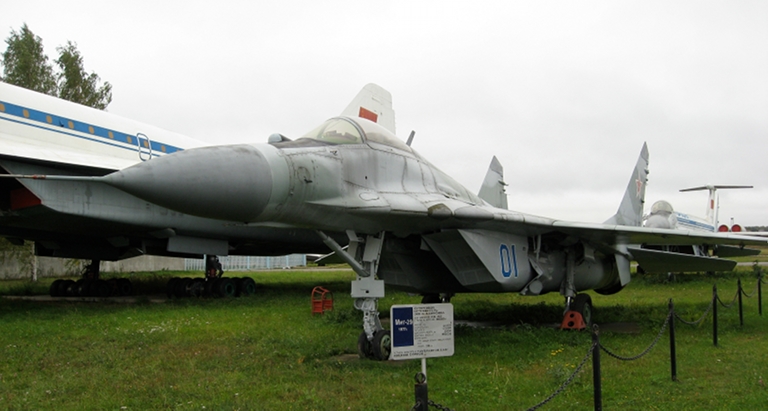 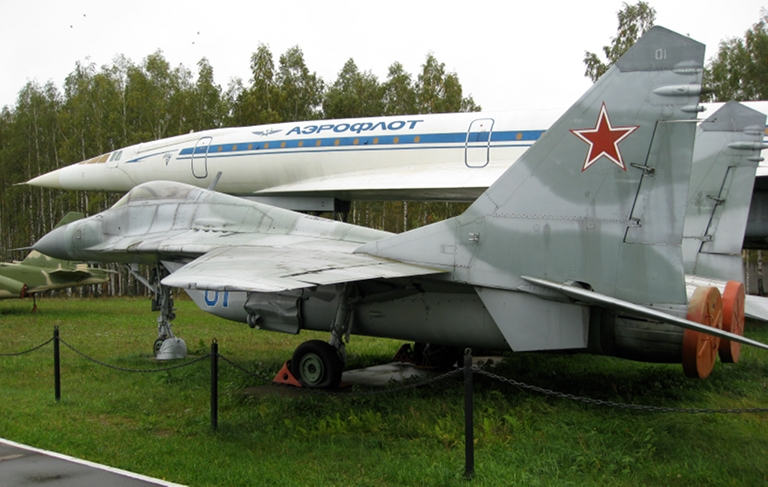 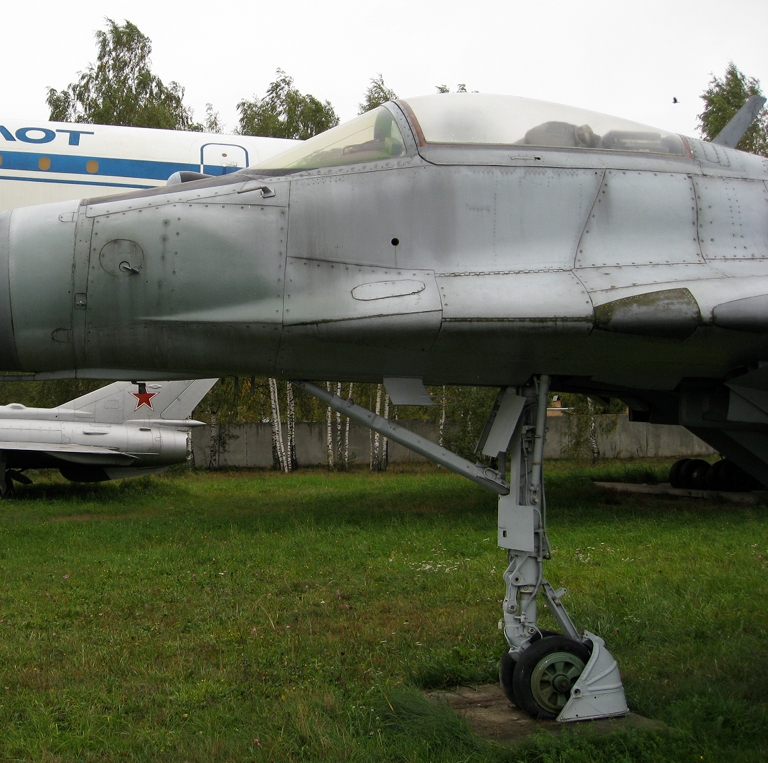 |
|
Mikoyan MiG-29K Fulcrum D The navalised Fulcrum D is a direct
derivative of the Fulcrum A, with a tailhook and structural changes for
shipboard operations.
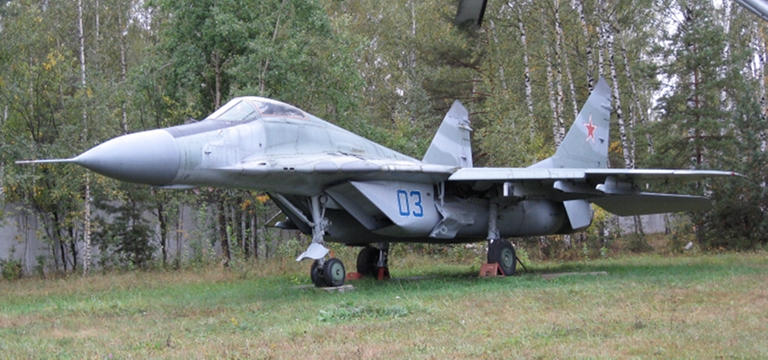 |
|
Mikoyan MiG-25R Foxbat B The MiG-25R Foxbat B was the theatre
reconnaissance derivative of the massive high supersonic MiG-25 Foxbat
A interceptor. This variant was exported to the Middle East and India,
the Israelis downing several using F-15 Eagle fighters or the MIM-23
Hawk SAM.
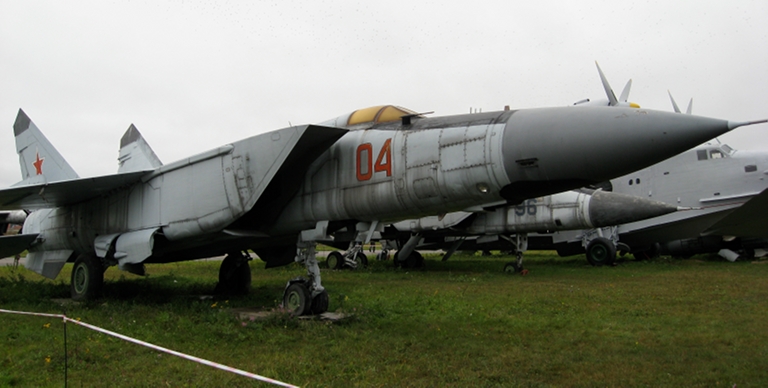 |
|
Mikoyan MiG-31 Foxhound A Initially designated the MiG-25M, the extensively
redesigned MiG-31 became a mainstay of Soviet PVO interceptor units,
and remains in service. Similar in weight, size and performance to the
F-111B naval interceptor, it occupies a similar performance and role
niche, armed with long range AAMs and tasked with bomber and cruise
missile interception. The Foxhound is equipped with the massive
Zaslon PESA fire control radar, arguably the largest installed in a
fighter class airframe. Much more specialised than the Flanker, the
Foxhound has only been reported as an export to Syria.
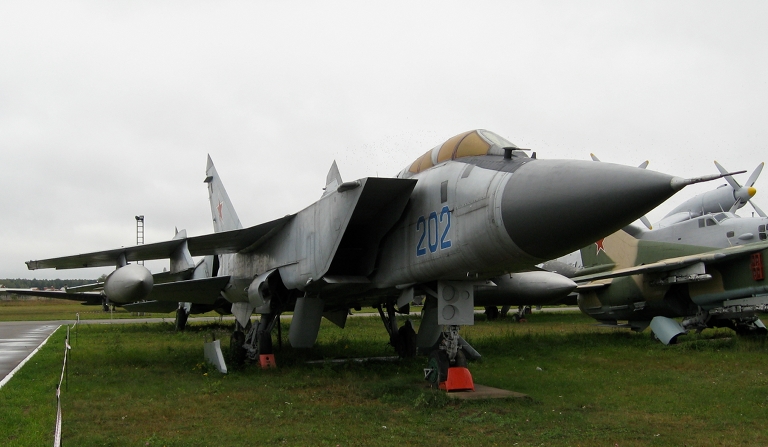 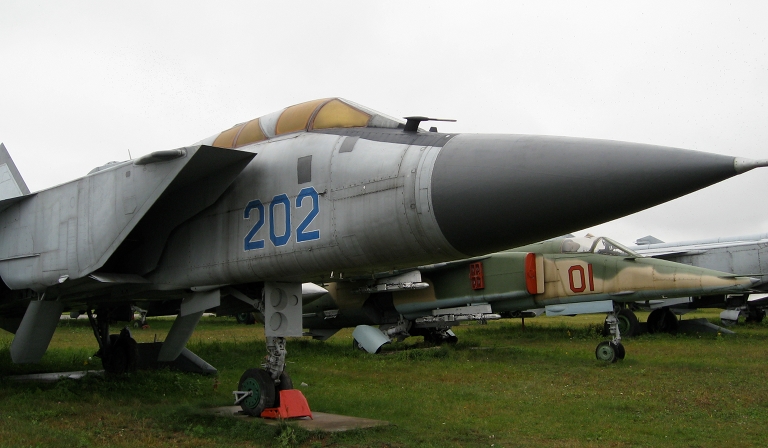 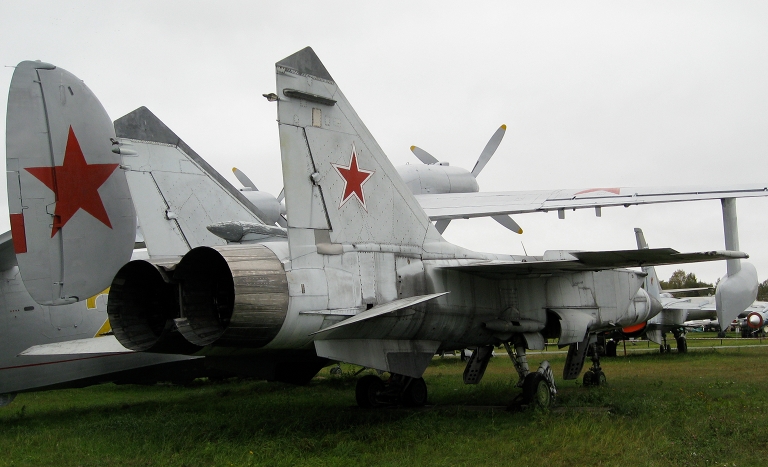 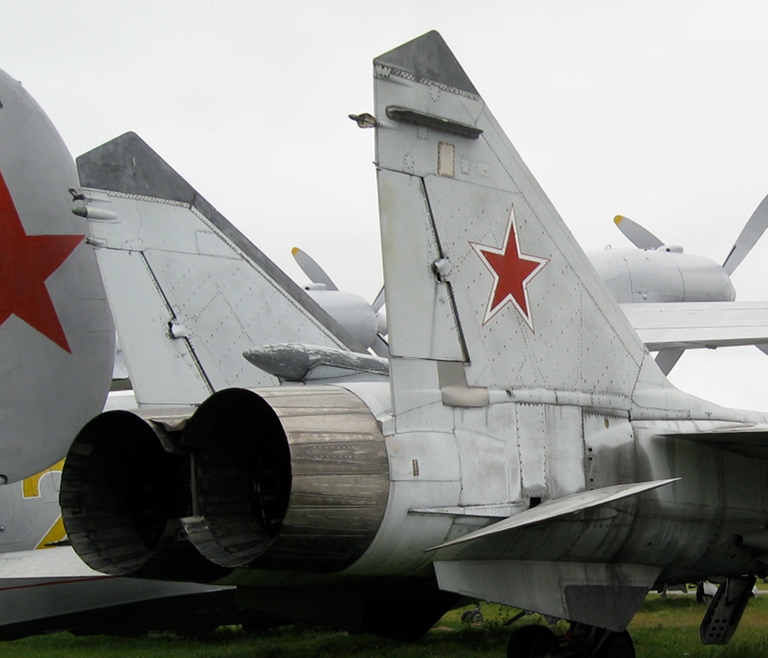 |
|
Mikoyan MiG-9 Fargo The MiG-9 Fargo was one of the
earliest Soviet turbojet interceptors and drew heavily on captured
German jet technology. The cannon armament was designed for
interception of USAF and RAF heavy bombers, note the prominent
centreline 37 mm gun.
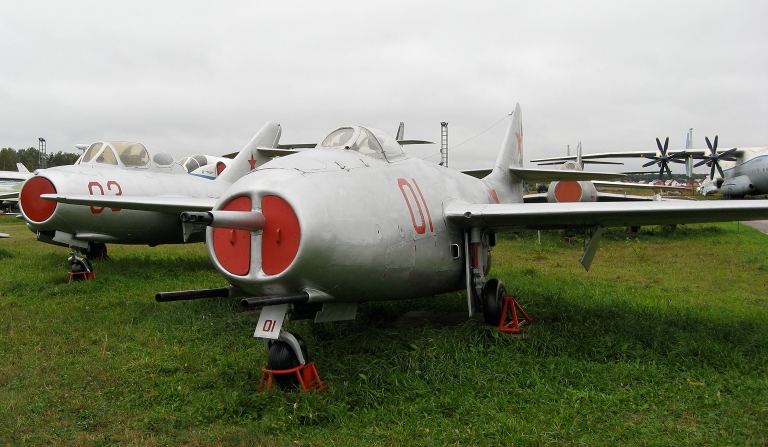 |
|
Tupolev Tu-128 Fiddler A Often described as the largest
fighter ever built, the Fiddler was a long range interceptor developed
to engage and defeat the US Air Force B-52 fleet over the vast northern
frontiers of Soviet Russia. This enormous aircraft was replaced in PVO
regiments by the Su-27 Flanker B.
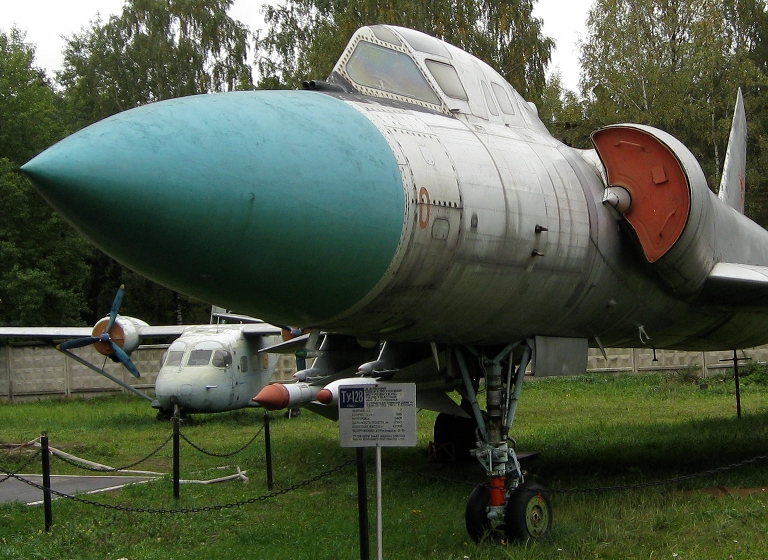 
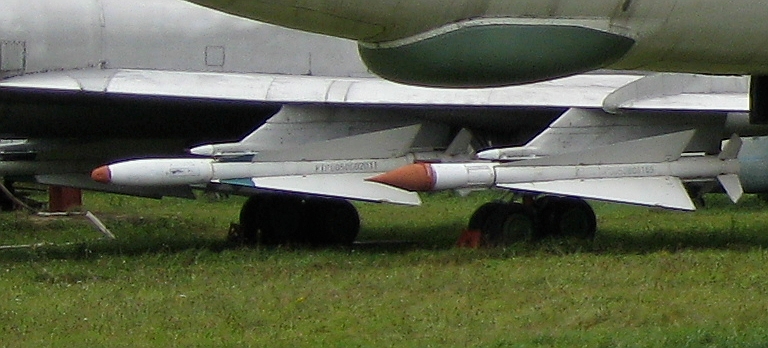 |
|
Bolkhovitinov BI-1 Rocket Fighter Developed during the 1940s as an
analogue to the Me-163 rocket interceptor, the BI-1 also employed a
liquid rocket engine with corrosive propellant components, alleged to
be the cause of several accidents when fumes weakened the plywood
structure.
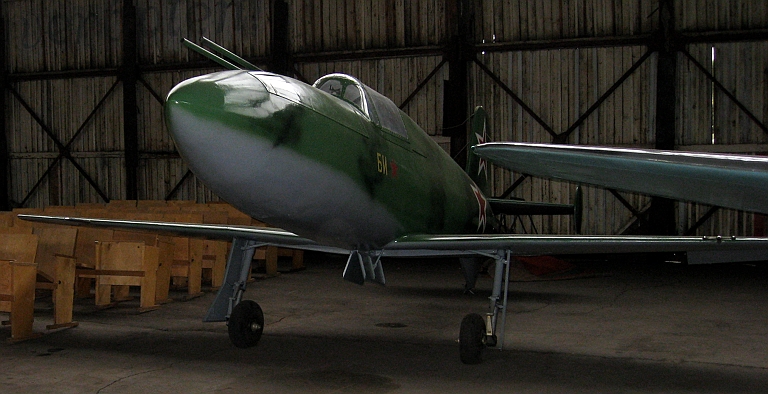 |
| Attack and Tactical Strike Aircraft |
|
Ilyushin Il-2m3 Bark / Shturmovik An icon of Soviet WW2 propaganda, the
Ilyushin Il-2 was manufactured in vast numbers during the 1940s.
Heavily armoured, it was a specialised battlefield interdictor and
close air support aircraft, which usually suffered heavy attrition when
contfronted by Luftwaffe air superiority fighters. It remained in
operation with numerous Soviet allies through the 1950s.
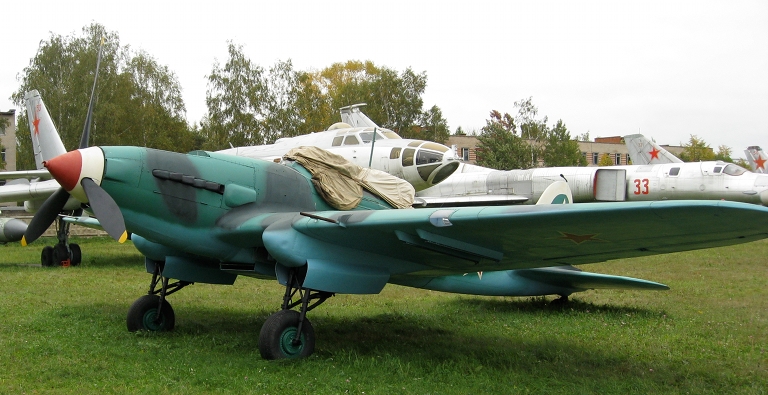 |
|
Ilyushin Il-10M Beast The Il-10M was later variant of the
baseline Il-10, developed and built as a replacement for the Il-2m3
series in Frontal Aviation strike regiments. This aircraft was used by
DPRK forces early in the Korean War, until very high attrition was
suffered when engaged by USAF and other allied fighter aircraft.
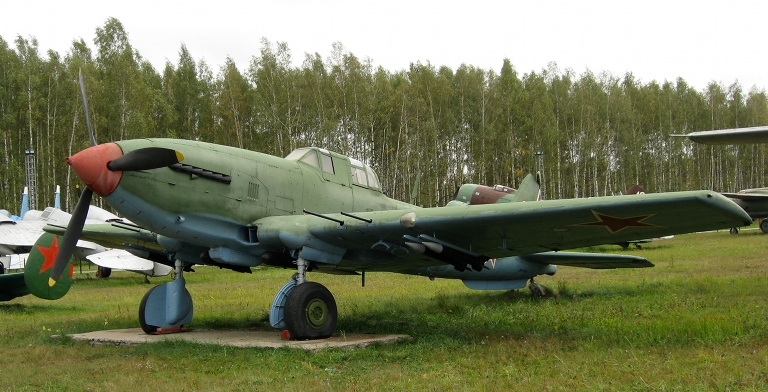 |
|
Mikoyan MiG-15bis-ISh Fagot The baseline MiG-15 Fagot was
developed as an interceptor and air superiority fighter, spawning many
derivatives. The MiG-15bis-ISh is a little known battlefield
interdictor prototype, with a unique leading edge boom design intended
for the carriage of free fall bombs.
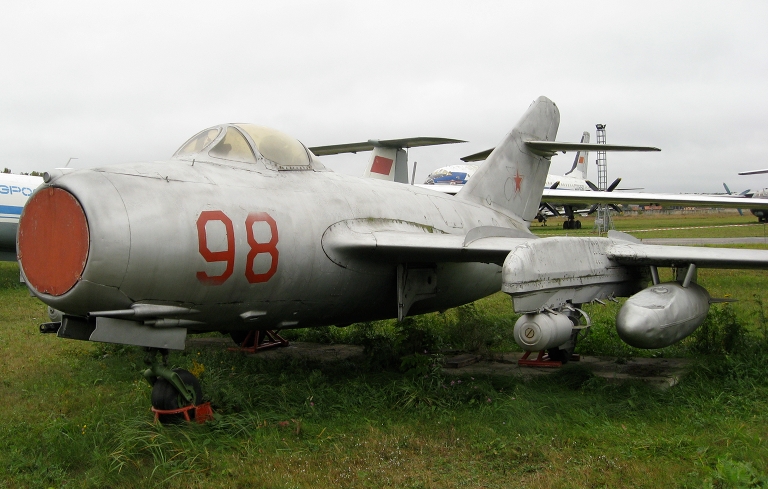 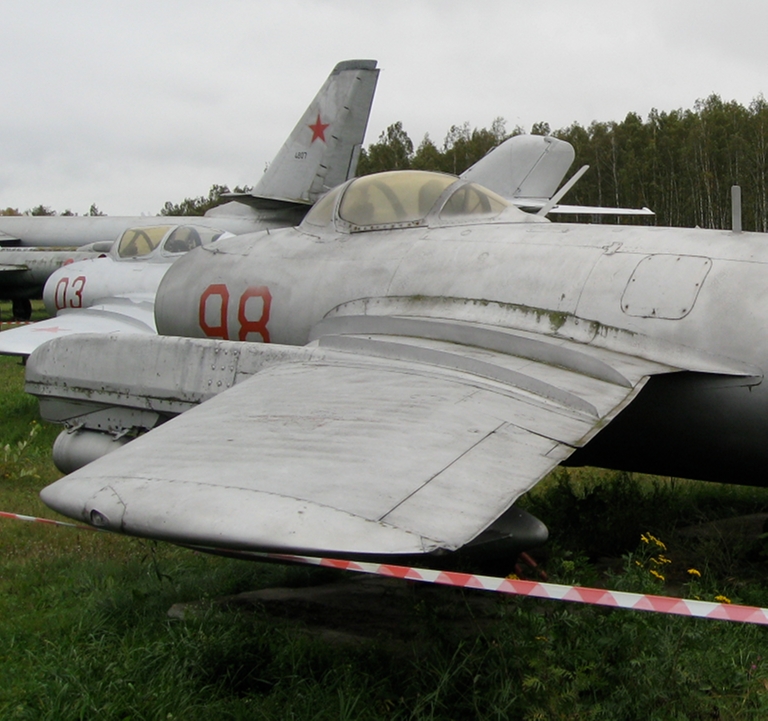 |
|
Sukhoi Su-25K Frogfoot The Frogfoot was developed as an
analogue to the US A-9/A-10A attack aircraft with a similar role. It
has been widely exported and widely used for COIN operations. These
images show the internal gun and electro-optical systems well.
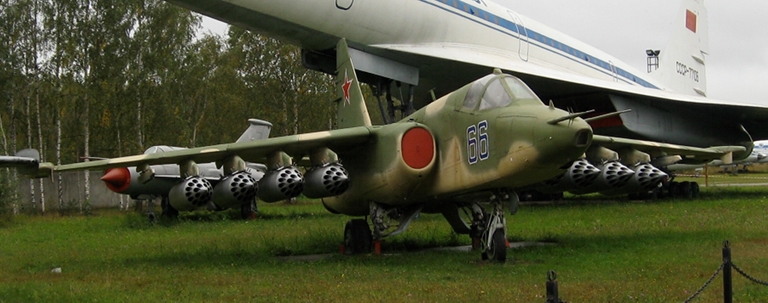 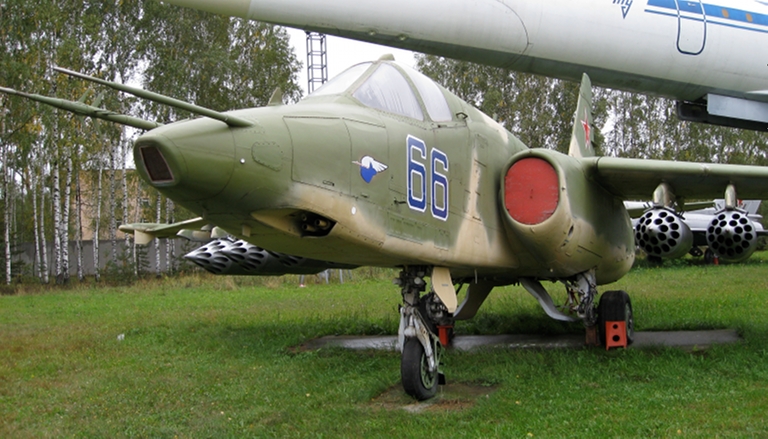 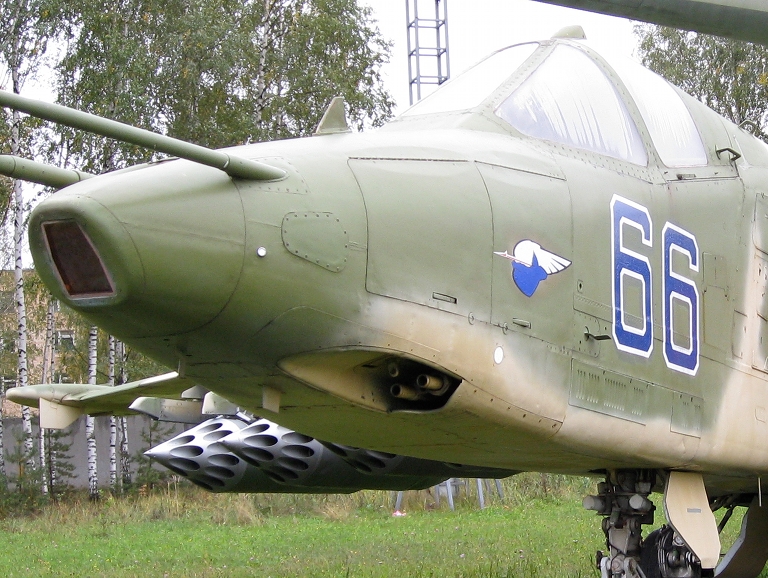 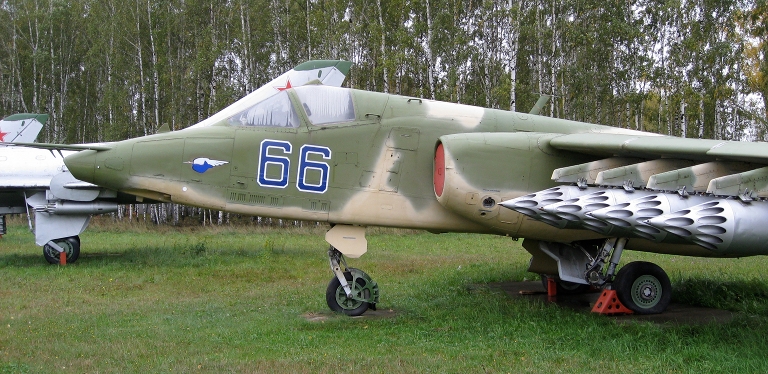 |
|
Sukhoi T-6-1 Prototype [Fencer] The T-6-1 prototype of the Fencer
series is not well known in the West. Unlike production Fencers with a
variable geometry wing, often compared to the F-111, the T-6-1 wing was
closer in design to the British TSR-2 prototypes. This aircraft is a
good example of the Soviet propensity to experiment with
configurations, something harder to accomplish in Western industry
where funding was much more tightly controlled during the Cold War.
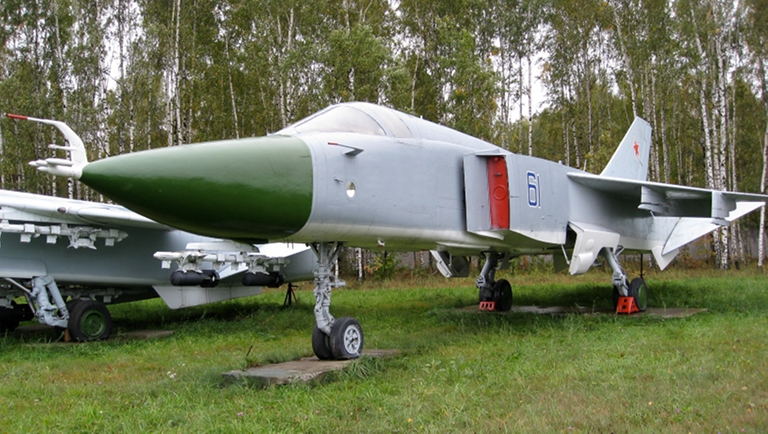 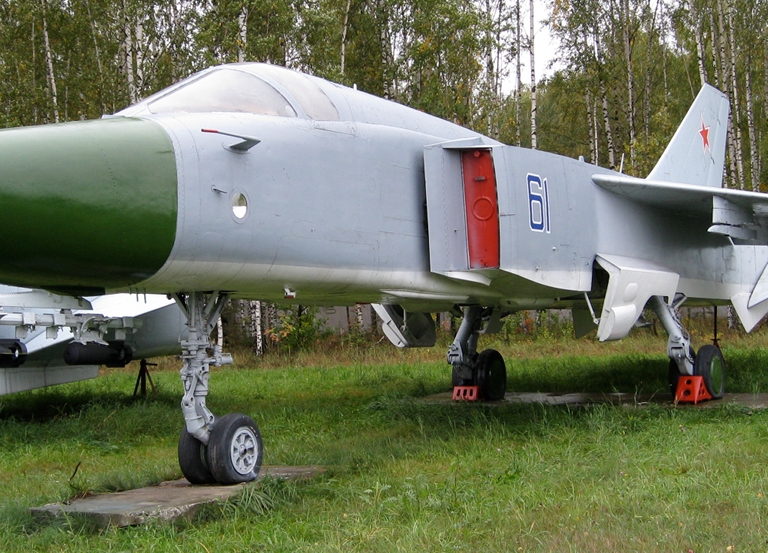 |
|
Yakovlev YaK-38M Forger The Forger was the first modern
Soviet shipboard fighter, developed to fill the same niche as the
British Sea Harriers. Introduced during the 1970s, it was no match for
the US Navy's F-4S Phantoms and F-14A Tomcats. This example is
interesting as it is painted in the original operational camouflage
with dark green undersides and blue upper surfaces.
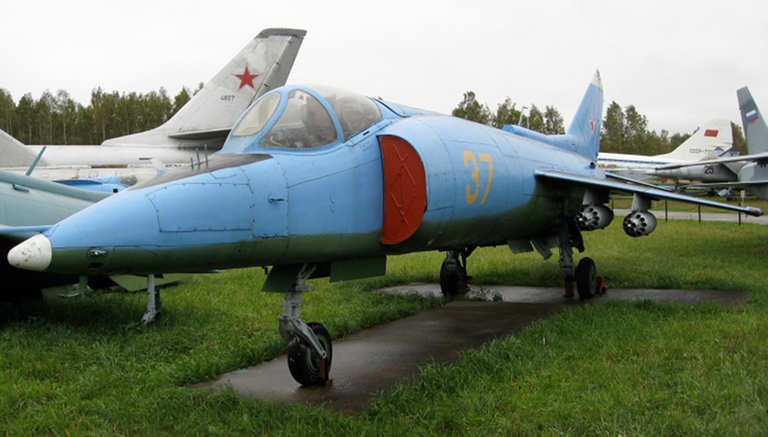
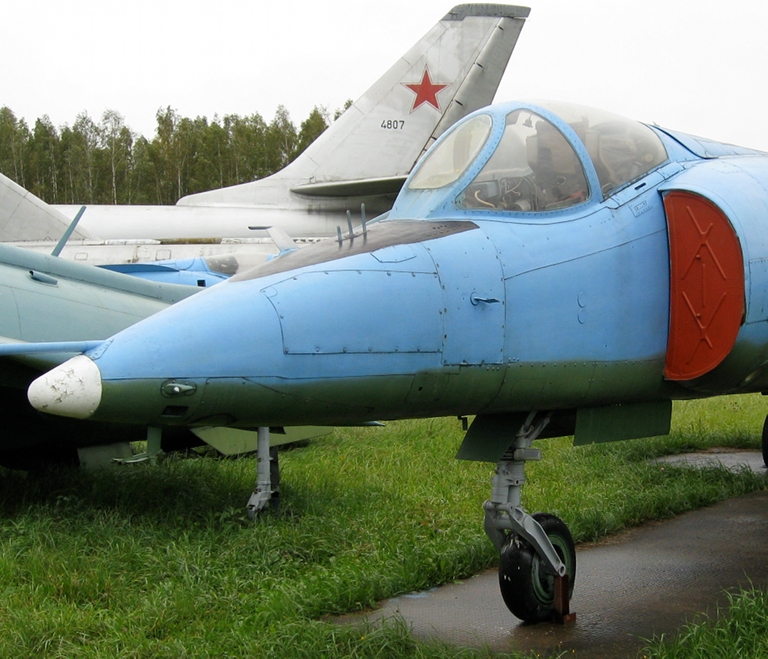
|
|
Yakovlev YaK-41M [YaK-141] Freestyle
The Freestyle was developed to
replace the Forger, but became a victim of the post Cold War downsizing
of Russian naval aviation. Developed for use on helicopter carriers
like the problematic F-35B STOVL JSF, it was not competitive against
the big deck carrier based MiG-29K and Su-27K/Su-33.
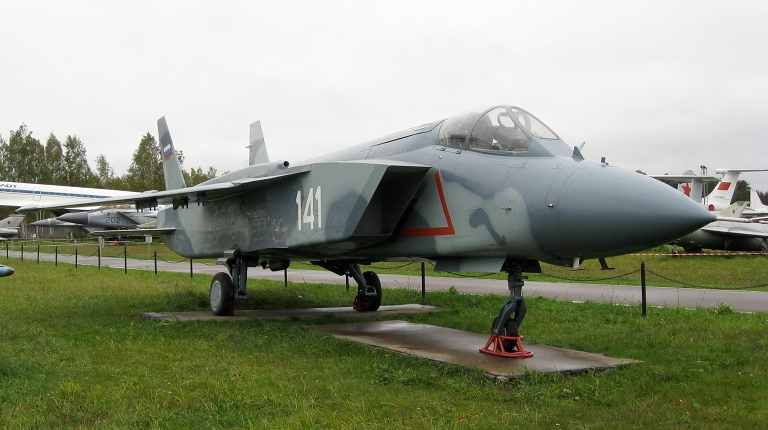 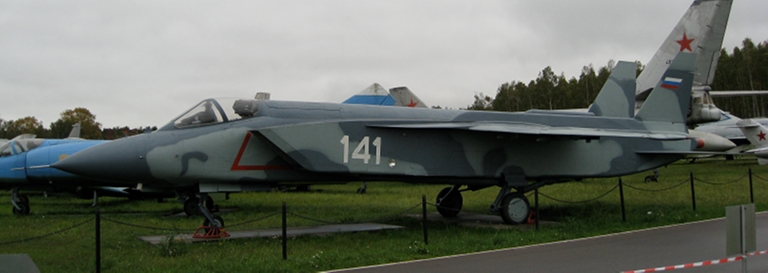 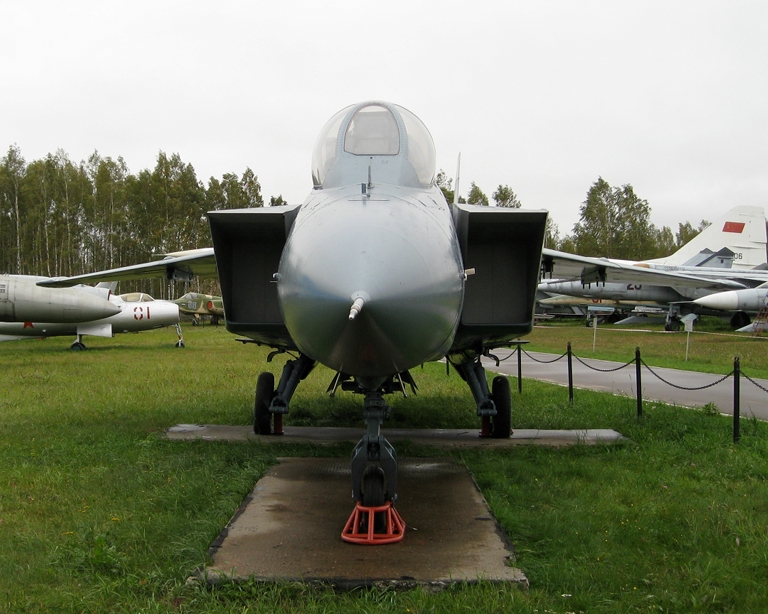 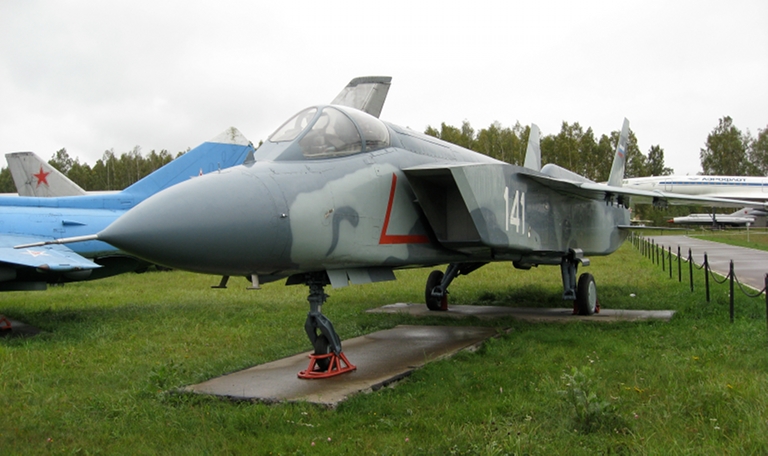 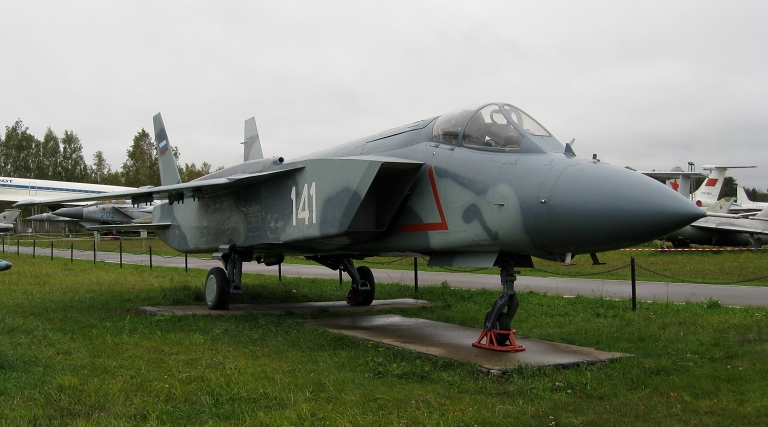 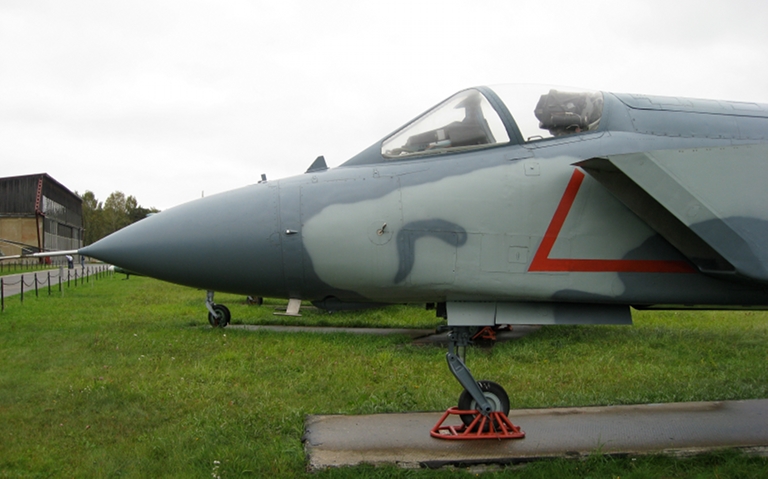 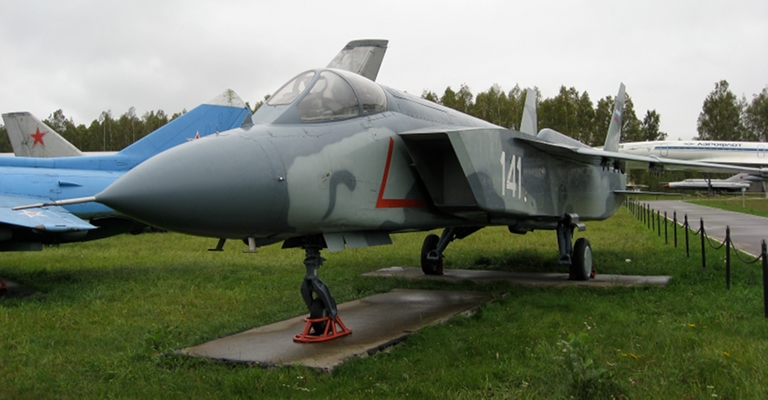 |
 |
|
|
|
Imagery Sources: © 2007 - 2010 Paul Cropper |
|
|||||||||||||
![Sukhoi PAK-FA and Flanker Index Page [Click for more ...]](APA/flanker.png) |
![F-35 Joint Strike Fighter Index Page [Click for more ...]](APA/jsf.png) |
![Weapons Technology Index Page [Click for more ...]](APA/weps.png) |
![News and Media Related Material Index Page [Click for more ...]](APA/media.png) |
||||||||||
![Surface to Air Missile Systems / Integrated Air Defence Systems Index Page [Click for more ...]](APA/sams-iads.png) |
![Ballistic Missiles and Missile Defence Page [Click for more ...]](APA/msls-bmd.png) |
![Air Power and National Military Strategy Index Page [Click for more ...]](APA/strategy.png) |
![Military Aviation Historical Topics Index Page [Click for more ...]](APA/history.png)
|
![Information Warfare / Operations and Electronic Warfare Index Page [Click for more ...]](APA/iw.png) |
![Systems and Basic Technology Index Page [Click for more ...]](APA/technology.png) |
![Related Links Index Page [Click for more ...]](APA/links.png) |
|||||||
![Homepage of Australia's First Online Journal Covering Air Power Issues (ISSN 1832-2433) [Click for more ...]](APA/apa-analyses.png) |
|||||||||||||
| Artwork, graphic design, layout and text © 2004 - 2014 Carlo Kopp; Text © 2004 - 2014 Peter Goon; All rights reserved. Recommended browsers. Contact webmaster. Site navigation hints. Current hot topics. | |||||||||||||
|
Site Update
Status:
$Revision: 1.753 $
Site History: Notices
and
Updates / NLA Pandora Archive
|
|||||||||||||
|
|
Tweet | Follow @APA_Updates | |||||||||||
|
|
|||||||||||||
|
|
|||||||||||||
![F-111 Aardvark Index Page [Click for more ...]](APA/f-111.png)
![F/A-18 Hornet and Super Hornet Index Page [Click for more ...]](APA/fa-18a.png)
![Aerial Refuelling and Airlift Capabilities Index Page [Click for more ...]](APA/aar-lift.png)
![Directed Energy Weapons and Electromagnetic Bombs Index Page [Click for more ...]](APA/dew.png)
![Notices and Updates Index Page [Click for more ...]](APA/notices-128.png)
![APA NOTAM and Media Release Index Page [Click for more ...]](APA/notams-128.png)
![APA Research Activities and Policy / Technical Reports Index [Click for more ...]](APA/research-128.png)
![Search Air Power Australia Website [Click for more ...]](APA/search-128.png)
![Briefings and Submissions - Air Power Australia [Click for more ...]](APA/briefs-128.png)
![Air Power Australia Contacts [Click for more ...]](APA/contacts-128.png)
![Funding Air Power Australia [Click for more ...]](APA/funding-258.png)